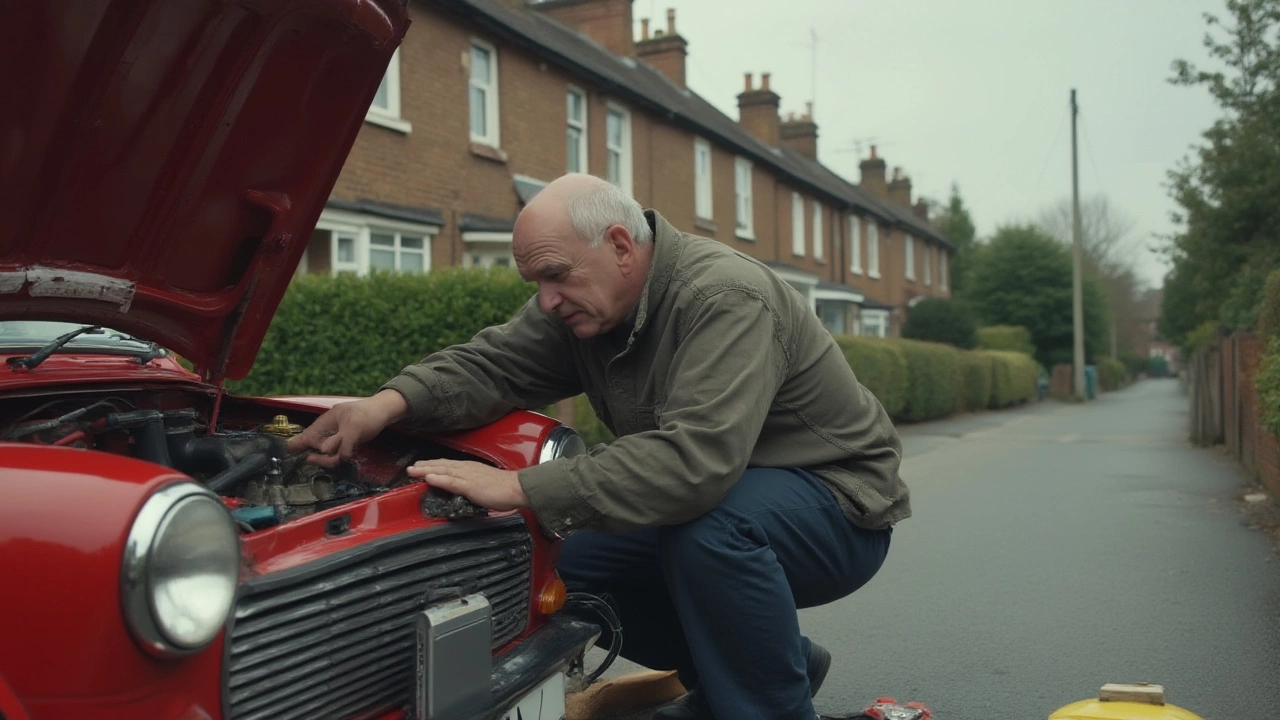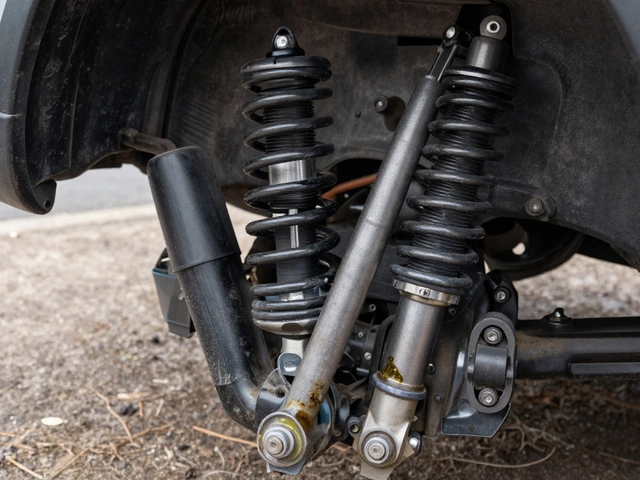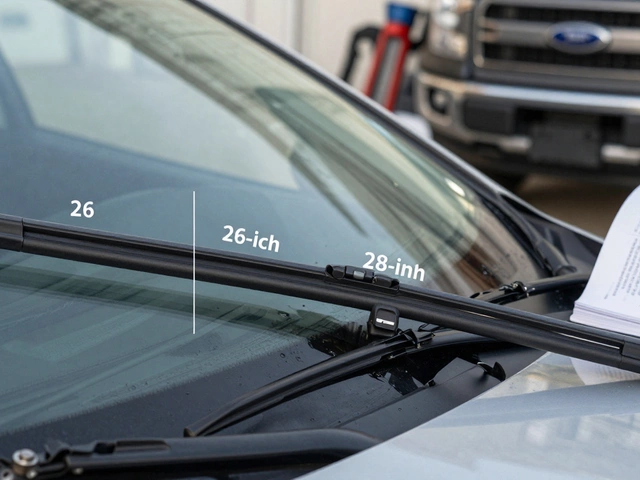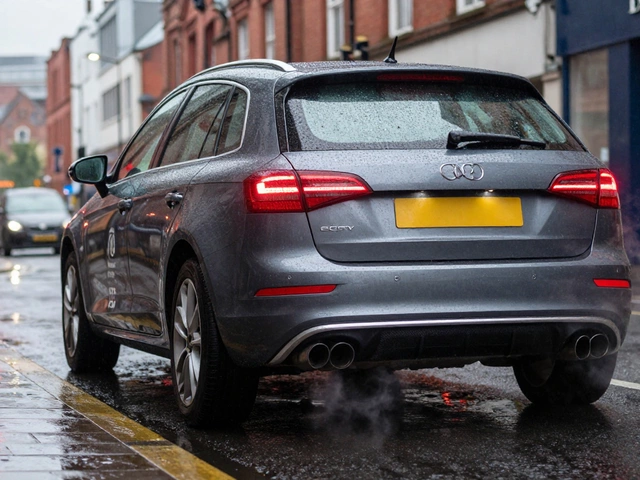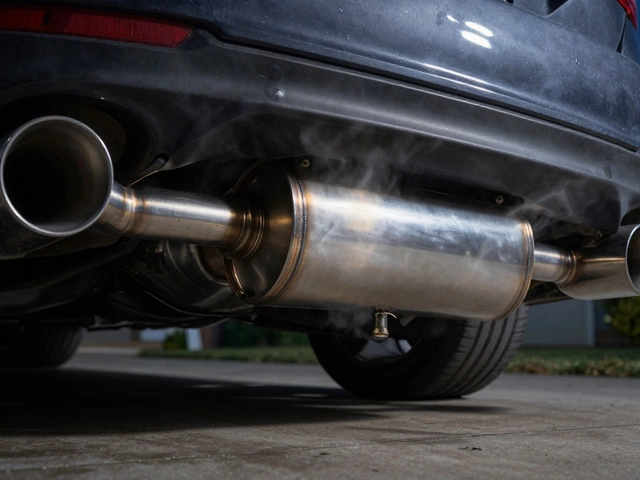You’re sitting behind the wheel, ready to go, but your car just cranks and sputters without starting. Annoying, right? Blame could point to dozens of culprits, but one notorious troublemaker is the fuel pump. People swap expensive parts or tow their car to the shop, only to find out it wasn’t the fuel pump at all. Ruling out a bad fuel pump isn’t magic, but it does take some detective work, a little patience, and knowing what clues to watch for—especially since the fuel pump is buried in your tank, totally out of sight. Quick heads up: swapping a fuel pump is not fun. Before you tear your car apart or shell out hundreds, let’s get clear on how to figure out if the fuel pump’s actually the problem or just the fall guy in a larger drama.
Getting to Know the Fuel Pump: The Heartbeat of Your Engine
The humble fuel pump is like your car’s heart—no pressure, just the thing standing between you and actually getting to work. This little electric motor is usually hidden inside your gas tank, pushing fuel down the line to your engine at the perfect pressure. No pressure? No go. But sometimes, a car that won’t start isn’t even about the pump itself. Bad relays, clogged filters, or if you really want to get unlucky, rusty wiring, can all make your car act like a fuel pump’s kicked the bucket. It’s pretty common for people (even some mechanics) to skip the detective work and blame the pump right away. However, about 25% of the pumps replaced in North America don’t actually fix the issue, according to the ASE certification website. That’s a lot of wasted cash!
The symptoms don’t always broadcast themselves. Not every fuel pump failure ends with your car refusing to start in your driveway. Sometimes, the pump’s just tired—it can’t push as hard when you accelerate, so you get weird stalling, lag, or sudden surges as the pressure flips out. Other times, you hear a nasty whining noise from under your seat or at the rear. Some fuel pumps are loud by design, but an abnormal sound and your check engine light blinking are not great omens. Here’s a list, gathered from years of wrenching and industry experience, of what you might see:
- Hard starts or no start, even with a strong battery
- Stumbling, especially climbing hills or at high speeds
- Random surges in power—like your car had a triple espresso
- Sudden drop in gas mileage (pump struggles to keep up, engine compensates by burning more fuel)
- Engine sputters or stalls, then fires back up after cooling
- Weird whining or buzzing from the fuel tank area
So, how do you really know if the bad fuel pump is the villain behind your headaches, or if your car’s playing tricks?

Testing Like a Pro: Separating Fuel Pump Drama from the Real Deal
Popping the hood and randomly guessing used to be my style until my spouse, Amelia, laid down a hard truth after catching me throwing parts at our car. She said, “Colby, you’re not made of money, so why are you acting like it?” Right. Turns out, the best first move is to listen and observe before getting your hands dirty. First, flip your key to the ON position but don’t start the engine. You should hear a soft hum from the fuel tank (not always loud, but listen close). Silence isn’t proof the pump’s dead—it could be a bad relay, fuse, or wiring keeping it quiet.
If everything’s silent, it’s checklist time. Start with the fuse box. Replace a blown fuse and see what happens. If the fuse blows again, you’re chasing an electrical short, not a pump issue. Fuel relays are up next—grab another relay from the fuse box with matching part numbers and swap them. If the car starts, you’re in luck; it’s a cheap fix. If not, keep going.
Assuming your fuses and relays are working, move to fuel pressure testing. This is how professionals do it: they use a fuel pressure gauge connected to a service port, kick the ignition, and see what numbers show up. Each car has a range (check your manual or under-hood sticker), but for a lot of modern cars, you’re looking for 35–65 psi. Too low? Either the pump is dying, the filter is clogged, or there’s a leak. No pressure? You might have a dead pump, no power to the pump, or something more complicated. Here’s a quick chart showing typical fuel pressure ranges for common cars (straight from actual manuals):
| Car Make | Fuel Pressure (psi) |
|---|---|
| Honda Civic | 40–47 |
| Ford F-150 | 55–62 |
| Toyota Camry | 45–51 |
| Chevy Silverado | 56–62 |
If you don’t have a fuel pressure gauge, parts stores rent them cheap, or you can pick one up for less than $40 online. Don’t skip this test. Otherwise, you’re guessing blind, and fuel pumps are not fun to replace just for fun.
But what about when the pump “sort of” works? Some pumps limp along, only dying when hot. Spray a little starter fluid in the air intake (carefully—really, don’t let it puddle up). If the car starts and dies quickly, you’re probably not getting fuel—not always, but usually. On the other hand, if it still won’t fire, your problem could be electrical or ignition-related instead.
One tip that never makes it into the manuals: gently smack the bottom of the fuel tank with a rubber mallet while a friend cranks the engine. Sometimes a dying pump will jolt to life for a minute. It’s not a fix, but it’s a surprisingly effective confirmation that the pump is on its last legs—just remember, don’t go wild with the hammer.
Don’t rule out a clogged fuel filter either. On modern cars, it’s often built into the pump assembly, but some models have it on the line. A partially clogged filter can mimic pump issues almost perfectly. If you’re seeing symptoms and your filter is old, swap it before condemning the pump. Saved me a wad of cash on an old Corolla once.
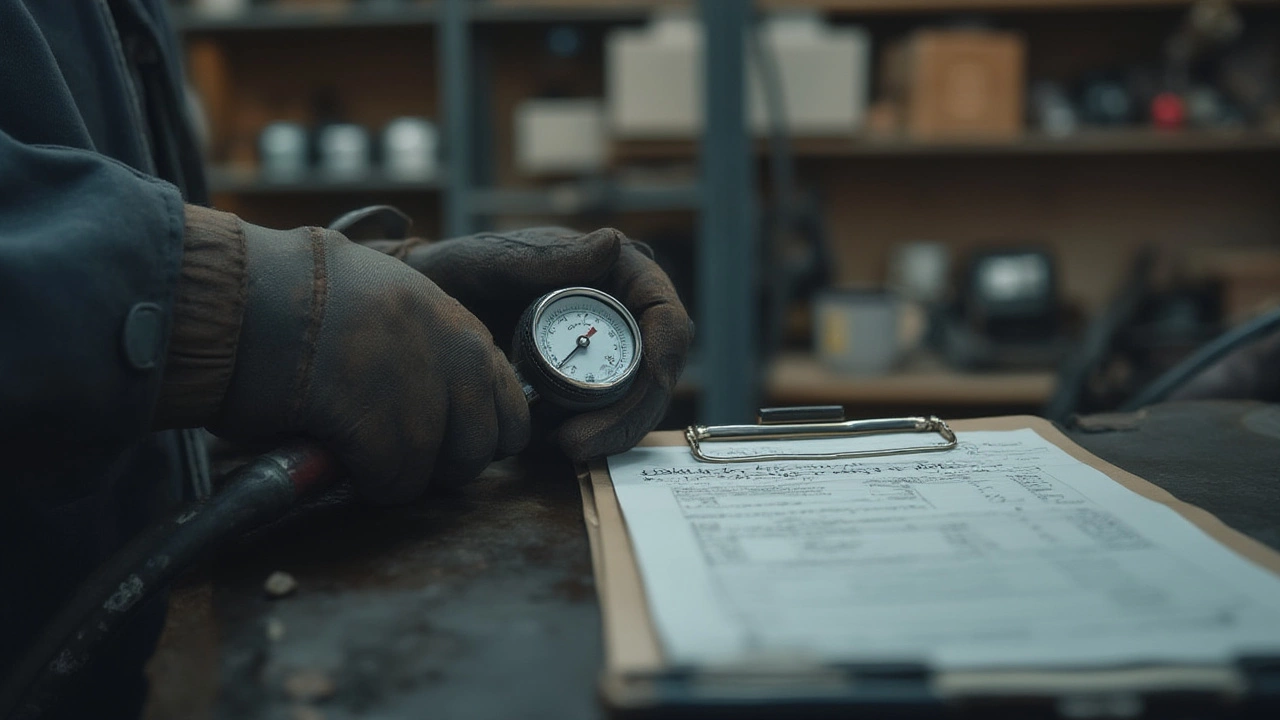
What Comes Next: Making Smart Moves Before Swapping Parts
If you’ve tested, checked the relays, and verified low or no pressure, odds are high you’re looking at a sick pump. But let’s make sure. Scan for codes—even if the Check Engine light isn’t on, some codes hide until you plug in a scanner. “P0087” means low fuel rail pressure, for example. On some cars, a failing cam or crank sensor will cause similar symptoms to a dead pump. Rule out codes before you crawl under the car with power tools.
If you’re up for it, grab a multimeter and check voltage at the fuel pump harness (usually found under the back seat or near the tank). Key on, engine off—see if 12 volts shows up for a couple of seconds when you turn the key. If not, your wiring or relay could be at fault. If 12 volts are there but the pump doesn’t hum, odds are pretty good it’s dead inside. Not the news you wanted, but at least you’re certain.
Ready to drop the tank and swap the pump? Just remember, you’re surrounded by fumes—work outside, keep the area well ventilated, and don’t use anything that sparks. If you’re not comfy with this step, call in a pro. It’s not a crime to save your nerves, even if your buddy swears “it’s easy.”
- Keep documentation. Mechanics love evidence. Jot down your test results, symptoms and what you tried. A good shop can use this to zero in on the problem—maybe saving you money on labor.
- Look for pattern failures. If your vehicle is on a recall for bad pumps (it happened with some Mazda, Hyundai, and Toyota models in the last few years), you might get a free fix or at least a discount.
- When you finally swap the pump, replace the filter and strainer too—even if your hands are cramping and you just want to be done. Trust me, skipping these will haunt you later.
- Always fill up with quality gas. Aftermarket brands sometimes save you pennies but can kill pumps with junk in the mix. Poor fuel destroys more pumps than most people realize.
If you make it this far, congrats—you’ll save time, hassle, and cash by not falling for misdiagnoses. Honestly, half the problems people blame on failing fuel pumps end up being something way simpler, like a bad ground or a sketchy relay. Just the way car trouble likes to keep life interesting, I guess.
